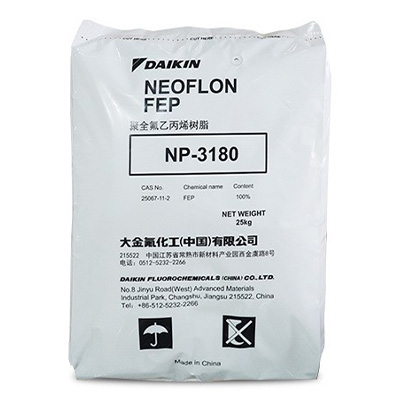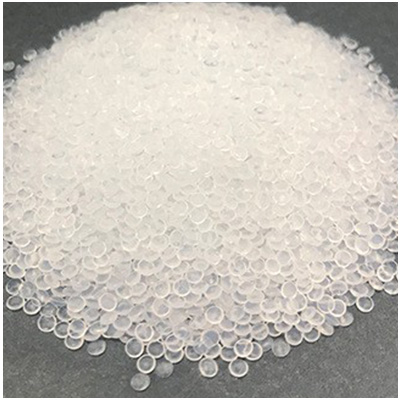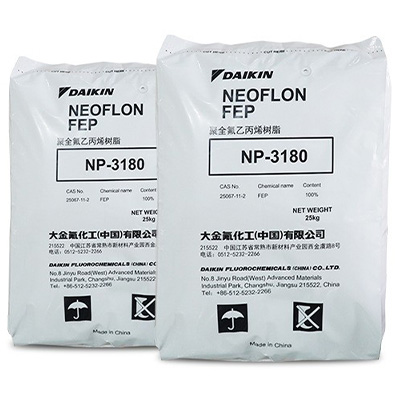NEOFLON
FEP-Fluoro-vinyl propylene copolymer



The full name of FEP is Fluorinated ethylene propylene copolymer, which is translated into ethylene fluoride propylene copolymer (perfluorinated ethylene propylene copolymer), and it is a class of chemical substances. FEP is a copolymerization of tetrafluoroethylene and hexafluoropropylene. The melting point of FEP crystallization is 304℃ and the density is 2.15g/CC (g/ cu cm).
FEP can be applied to soft plastics, whose tensile strength, wear resistance and creep resistance are lower than many engineering plastics. It is chemically inert and has a low dielectric constant over a wide range of temperatures and frequencies.
The material does not ignite and prevents the spread of the flame. It has excellent wear resistance, low friction coefficient and can be used from low temperature to 392F. The material can be made into granular products for extrusion and molding, powders for fluidized beds and electrostatic finishes, and water dispersions. Semi-finished products have film, plate. Rods and single fibers. In the United States, DUIPont's Teflon brand, Daikin's Neoflo brand, and Hoechst Celanese's IHoustaflow brand are sold as FEPs. Its main use is to make pipe and chemical equipment lining, drum surface layer and various wires and cables, such as aircraft hook line, booster cable, alarm cable, flat cable and oil well logging cable. FEP films have been used as thin coatings for solar collectors.
Poly (perfluorinated ethylene propylene) resin has similar characteristics with PTFE and good processing technology of thermoplastic plastics, so it becomes an important material to replace PTFE. F-46 is widely used in the production of wire and cable for transmission lines of electronic equipment under high temperature and high frequency, internal connection lines of electronic computers, aerospace wires, and other special purpose installation lines, oil and mine logging cables, oil submersion-motor winding lines, micromotor lead lines and so on.